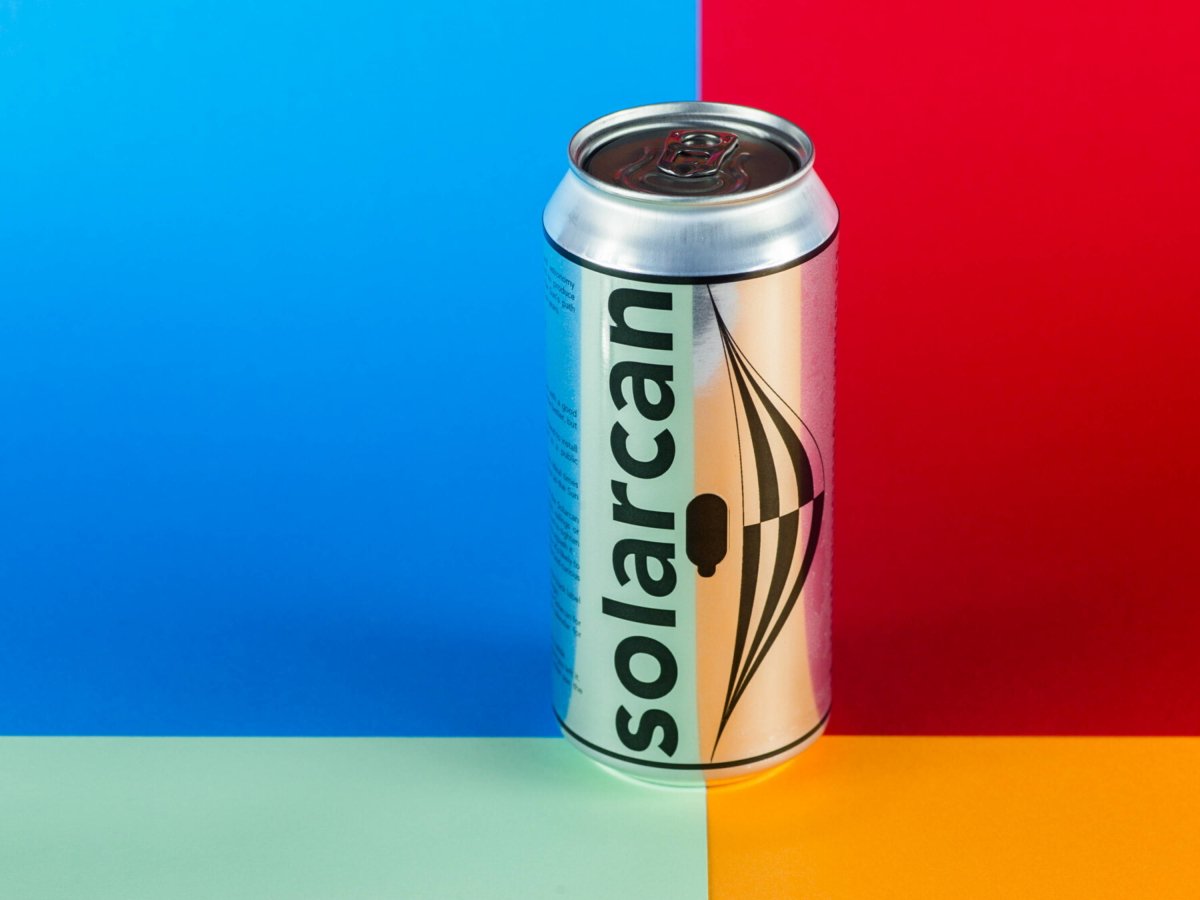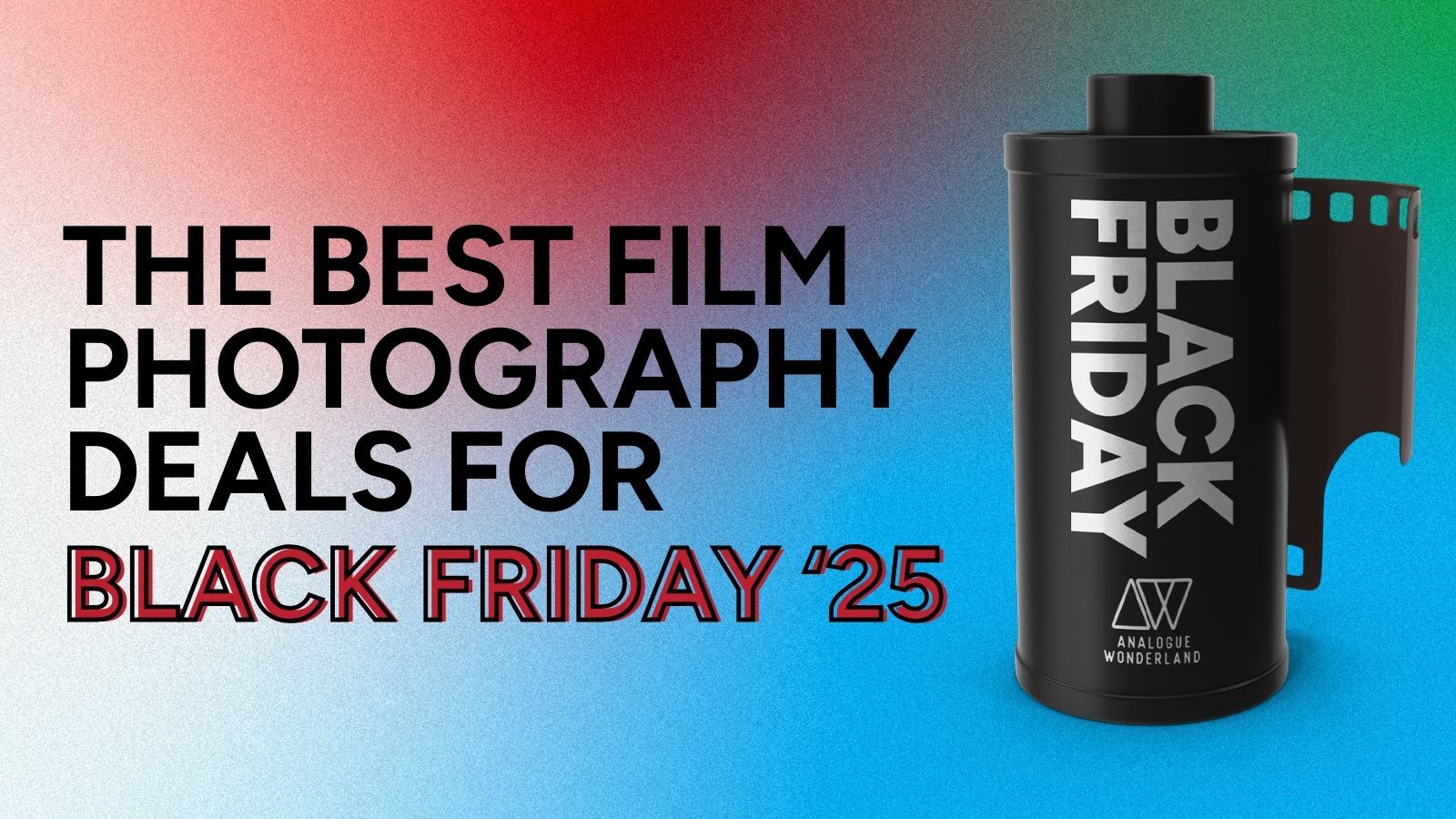Black Friday 2025 has landed at Analogue Wonderland, bringing some of our biggest film photography deals of the year - from discounted film and cameras to money-saving WonderLab processing offers, exclusive bundles, and festive specials available for a limited time only. Grab a great deal while stocks last!

What is Solarcan Day?
By Paul McKay
YlMkZjZG4uZ2V0c2hvZ3VuLmNvbSUyRmNzcy00JTJGNjNjZmQ2ZjE3MGJjM2MwMGUwNTFjMGIzLmNzcw==">
![What is Solarcan Day | Analogue Wonderland]()
![Solarcan camera booklet image]()
![Solarcan images from the community]()
You may have noticed a buzz in some corners of the Internet about an impending ‘Solarcan Day’ accompanied with pretty pictures of the clouds, the Sun and unusual looking photographs. So we asked Sam, the man behind the can, to explain what it's all about.
So, Sam - What is Solarcan Day?
To be precise, it is the day in which our star, the Sun is at its highest or lowest point in the daytime sky. Otherwise known as the solstice or mid-summer/winter’s day it marks the beginning of a new season and occurs twice a year, exactly six months apart: June 21st and December the 21st. The Solarcan community celebrate this day by gifting, receiving, making, installing and processing their Solarcan images.
Remind us: what is a Solarcan?
A Solarcan is an extreme time exposure camera capable of capturing the sun over days, weeks, months or years in the form of a Solargraph. To capture the full range of the movements of the Sun they are traditionally installed on Solarcan day to begin their six-month exposure and harvested on the next Solarcan day. Resulting in an image like:

Every line represents a day of sunshine. During the winter months the Sun, depending on your location will be close to the horizon. As the months progress the Earth’s tilt in relation to the Sun changes and the Sun appears to rise in the sky, resulting the parabola shape. Every Solarcan comes provided with a handy instruction manual which provides some extra detail. This is especially useful if received as a gift by someone unfamiliar with the concept.

How does a Solarcan work?
A Solarcan comes ready to use and no further technical knowledge is needed. That said, knowing the ‘technology’ behind it is part of the experience. Inside the Solarcan is a sheel of unexposed 5x7” photographic darkroom paper. A pinhole on the side allows bright sunlight to pass through and burn a line along the paper inside causaing a discolouration. As no other light is bright enough (street lamps, the Moon, stars, aurora, flashlights) only the Sun’s light will have an effect. When you remove the paper - which can be done in subdued light - all you’ll need to do is photograph or scan it to invert digitally and you’ll be done.
Images from the Solarcan community get posted almost daily on their Instagram, it’s well worth looking at them for inspiration and how different results can be. The very best get included in the centrefold of the Solarcan booklet:

What if I want a Solarcan but I've missed Solarcan day!
The most important thing in this situation is NOT to panic :-)
Firstly - there's plenty of time still to purchase your Solarcan!
Secondly - As explained in episode 137 of the Sunny 16 Podcast, the Sun’s movement before and after Solarcan day is very limited and you’ll still have up to three weeks before any significant elevation change will happen. Even so, there’s no right or wrong time to install a Solarcan and most will experiment with different dates and durations.
This will also be a huge relief to anyone worrying that the current weather will ruin their efforts!
Where can I buy my Solarcan?
Analogue Wonderland have retail packaged, ready to install singles and 5-packs in stock and in time for a Solarcan Day installation. If you’re planning to order some film anyway, why not add a Solarcan to the package!
Otherwise you can head to our Solarcan site to learn more about the process, the product, and even book a Solarcan workshop with myself as the instructor.
Thanks to everyone, and Happy Solarcan Day!
Sam
Ready to dive in?
Keep Reading
View all
Christmas 2025: Shipping & Opening Hours
Christmas 2025 is fast approaching! To make sure your analogue goodies arrive in time, take note of our last shipping dates, plus opening and operating hours over the festive season. We've got everything you need to gift the magic of film photography this Christmas!

Film Photography Christmas Gift Guide 2025: Analogue Wonderland
Capture the magic of Christmas with film - no filters needed. Our 2025 Film Photography Christmas Gift Guide 2025 is packed with thoughtful presents for every type of shooter, from curious beginners to seasoned photographers. Discover film stocks, cameras, and creative accessories that will make this festive season truly memorable.
Subscribe to our newsletter 💌
Sign up for our newsletter to stay up to date on film photography news, sales and events:
Free Tracked Shipping
On all UK orders over £50
Passion For Film
An unbeatable range and an on-site lab
Our Customers Trust Us
Thousands of independent 5* reviews
All Deliveries are Carbon Neutral
Independently audited and verified by Planet
- Opens in a new window.





